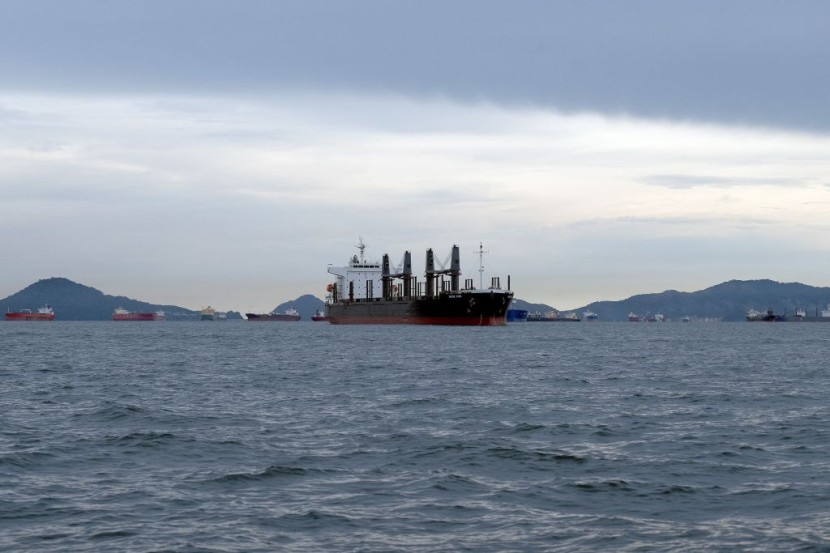Officials were forced once again to reduce the number of ships allowed to sail through the Panama Canal due to extreme drought, stifling global trade.
For over a century, the waterway has provided a convenient way for ships to move between the Pacific and Atlantic Oceans. However, a drought that many see as being the worst in the last seven decades has left the Panama Canal without enough water.
Panama Canal Operations

The water is used to raise and lower ships and the situation has created expensive issues for shipping companies. It has also raised difficult questions about water use in Panama as the passage of one ship through the canal is estimated to consume as much water as half a million Panamanians use in one day.
In a statement, the chief executive of Avance Gas, Oystein Kalleklev, said that the situation is the worst they have seen in terms of disruption. Avance Gas is responsible for transporting propane from the United States to Asia, as per the New York Times.
The situation in the Panama Canal is the latest example of how crucial parts of global supply chains can suddenly freeze up. One of the largest container ships ever built got stuck in 2021 for several days in the Suez Canal. Additionally, the massive demand for goods such as surgical masks, home appliances, and garden equipment during the COVID-19 pandemic strained supply chains to their breaking point.
A lack of water in Panama has also hampered canal operations in recent years, as some shipping experts said that vessels could soon have to avoid the waterway altogether. A reduced number of passages could deprive Panama's government of tens of millions of dollars in annual revenue, push up the cost of shipping, and increase greenhouse gas emissions when ships travel longer routes.
While Panama has an equatorial climate that makes it one of the wettest countries in the world, rainfall in the region has fallen to 30% below average this year. The situation has caused water levels to plummet in the lakes that feed the canal and its mighty locks.
Read Also: White House Says Joe Biden, Xi Jinping Plan To Meet During an Economic Summit in San Francisco
Severe Drought Conditions
The Panama Canal Authority (ACP) said the problem was caused by the driest October since records began in 1950. Officials said that the El Niño weather phenomenon contributed to the severe drought, according to BBC.
The waterway is capable of reducing the time and distance that ships travel when going between the Atlantic and Pacific Oceans. It operates 24 hours a day, 365 days a year, and roughly 13,000 to 14,000 ships use it annually.
The ACP argued that the weather condition has caused water levels in the Gatun Lake to continue to decline to unprecedented levels for this time of the year. Booking slots will be reduced to 25 per day starting from Nov. 3.
This comes after officials had previously reduced the number of ships allowed through the waterway to 31 in August. Before that, the Panama Canal serviced an average of 36 to 38 ships every day, said the Associated Press.
Related Article : Top UN Official Resigns Over Palestinian 'Genocide' in Gaza
© 2025 HNGN, All rights reserved. Do not reproduce without permission.








